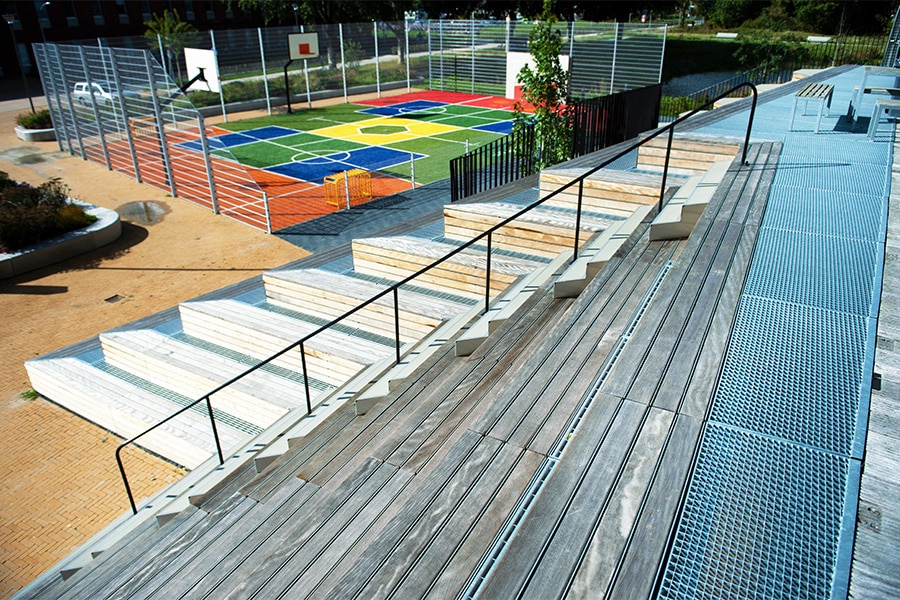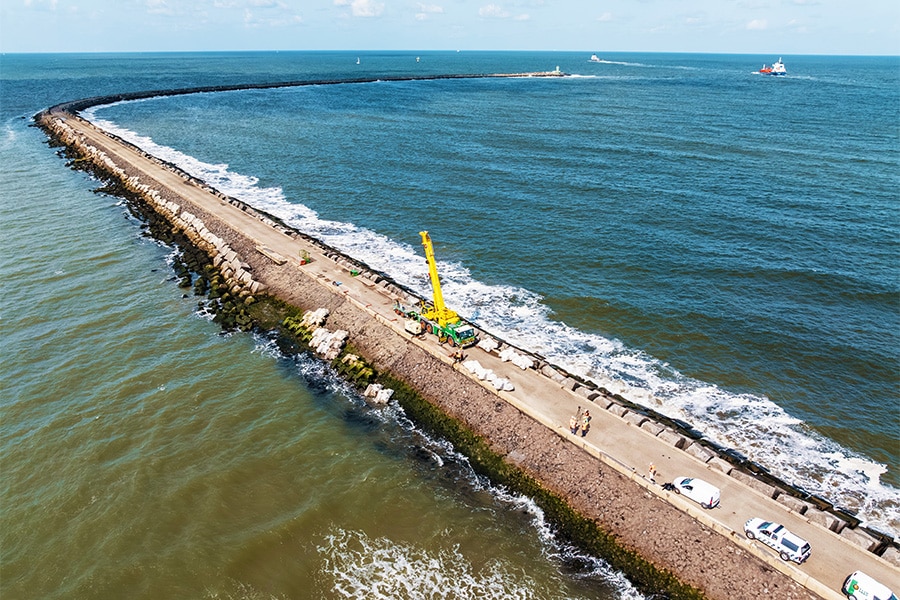
Increased focus on construction damage risks
Mandatory periodic inspection for CC3 buildings?
SGS INTRON is part of SGS, a world leader in inspection, verification, analysis and certification. Its activities include materials research, advice on and innovation of building materials and building processes. AND with the investigation of construction damage. "A construction damage rarely has just one cause, it is often a combination of factors," says SGS.

Ron Leppers, director SGS INTRON: "When it comes to construction damage, we carry out technical investigations as an independent party." For example, SGS INTRON has been involved in the investigation of several well-known buildings, such as the balconies of Patio Sevilla in Maastricht (2003), the parking garage under Bos en Lommerplein (2006), the galleries of the Antillenflat in Leeuwarden (2011), the parking garage under construction at Eindhoven Airport (2017) and the roof of the AZ stadium (2019).

Deviant constructions
One of the purposes of the damage investigation is to determine the cause in order to prevent recurrence or to contribute to solving the question of blame. Leppers: "We assess, for example, the amount of reinforced steel in the concrete and whether there is reinforcement corrosion. Or the quality of the welding or coating work done. But actually the cause is never one thing; it is always a combination of factors. And often we see that the damage can be traced back to changes from the original design."

Signals
"We encounter construction damage where the deviations are so great that you actually know early on that you can expect problems. Sometimes we also hear after the fact that there were already signs during the construction phase, such as puddle formation on storey floors or crack formation. But that doesn't always turn out to be a reason to raise the alarm early."
Periodic inspection
For new construction, the Building Quality Assurance Act is expected to take effect on July 1, 2022. This law provides for inspections to ensure that new construction is actually built in accordance with the design. For existing construction, there is no quality assurance system yet, and SGS is making the case with others for periodic inspections of CC3 buildings, among others. "Of many existing buildings, we know too little. The owners are responsible for maintenance and checking for damages. But we cannot expect them to be experts in all cases. That is why I am in favor of a legal regulation, as is already in place for swimming pools and gallery floors. Mandatory inspections do lead to improvement here."

Plenty of techniques
What should such an assurance system for existing buildings look like? Leppers: "Based on a baseline measurement, you can then make agreements about which parts need to be inspected and how often. In other words, risk-driven. My plea is: there are plenty of techniques available to inspect buildings. Make use of them. Then you know exactly what the actual situation is, you can prevent damage and guarantee safety. Companies often don't have all the expertise in-house. So engage external specialists if necessary. We do that too, for example structural engineers to check the structure."



